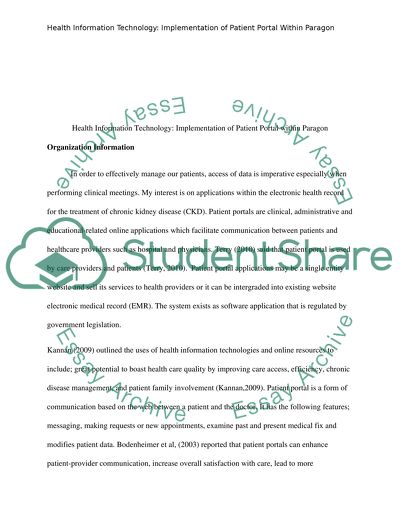Cite this document
(“HIT project Coursework Example | Topics and Well Written Essays - 5000 words”, n.d.)
Retrieved from https://studentshare.org/nursing/1398426-hit-project
Retrieved from https://studentshare.org/nursing/1398426-hit-project
(HIT Project Coursework Example | Topics and Well Written Essays - 5000 Words)
https://studentshare.org/nursing/1398426-hit-project.
https://studentshare.org/nursing/1398426-hit-project.
“HIT Project Coursework Example | Topics and Well Written Essays - 5000 Words”, n.d. https://studentshare.org/nursing/1398426-hit-project.


